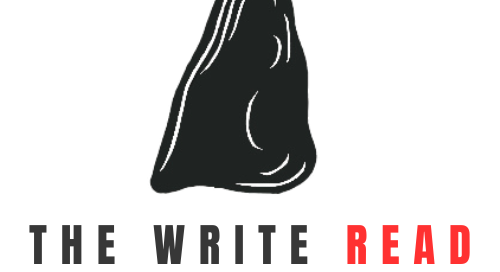Key ideas from this wonderful text to support emerging writers:
Readers’ Expectations
Saunders asks us to consider the questions we pose to our readers; and then to answer them.
This advice brought back memories in my early days of writing in which I lacked the confidence to be decisive about my character’s experience, such as wishing to allude to a possible illness rather than deciding upon it and naming it. While it is fine to allude to something — the author does not need to do all the heavy-lifting — the author must still know what it is they are alluding to.
This also connects to another piece of advice I read which is the need for writers to throw their characters into confrontation and conflict. As an early career writer, this can often feel uncomfortable (though, this is ironically exactly what is called for to achieve reader engagement; we must watch our characters face difficult situations and witness how they respond).
Narrative Elements
This is, perhaps, the most valuable piece of advice I gained from reading this text and that is that every element must add value to the story. It must serve a purpose. It sounds so obvious and yet it is so very tempting to include a wonderful sentence or paragraph or image even it is lacks weight within the story. This is, of course, tied to the notion ‘kill your darlings’ which I’m finding is becoming easier but can still be hard to do.
Story
‘That’s really all story is: a limited set of elements that we read against one another.’ (46)
This is about the way the elements the author gives us interact. Another writer explained this like a sketch and the reader fills in the colour. It would be too overwhelming (and ineffective) to include a bombardment of detail and so the writer must choose a few key details to create just enough of an impression.
This is a favourite technique of mine. I love grouping just a few key details together that stand to represent a setting; an experience; a character.
Editing
Saunders suggests editing must be aided by intuition and iteration. Isn’t it so often the case that when we receive feedback on our work, it is frequently something that has been niggling away, some part of the story that deep-down the writer knows doesn’t feel quite right?
Also, writing is rewriting. 100%!
Ending
Saunders uses short stories, to illustrate — among (so many!) other things — the moment a work becomes a ‘story’; discussing the way a story would be underdeveloped (or not quite as satisfying) if it should finish at a different point. This is tied to the bigger picture of the author’s intentions and the final thoughts we as the reader are left to ponder.
All of this is simply to inspire the emerging writer and encourage reading this text. My mission is to support writers by sharing practical tips backed by research.
Also see:
YouTube: The Write Read with Mary-Clare Terrill
Note: some links are affiliate links. This means if you click on the link and purchase the item, I will receive a small affiliate commission.
Reference: Saunders, G. (2021). A Swim in a Pond in the Rain. Bloomsbury Publishing.





